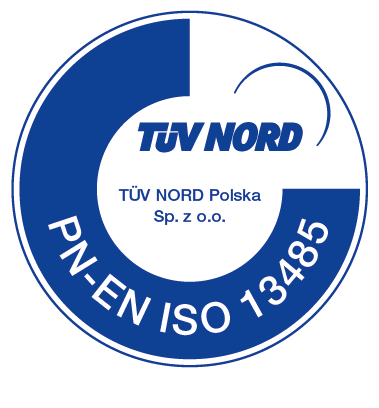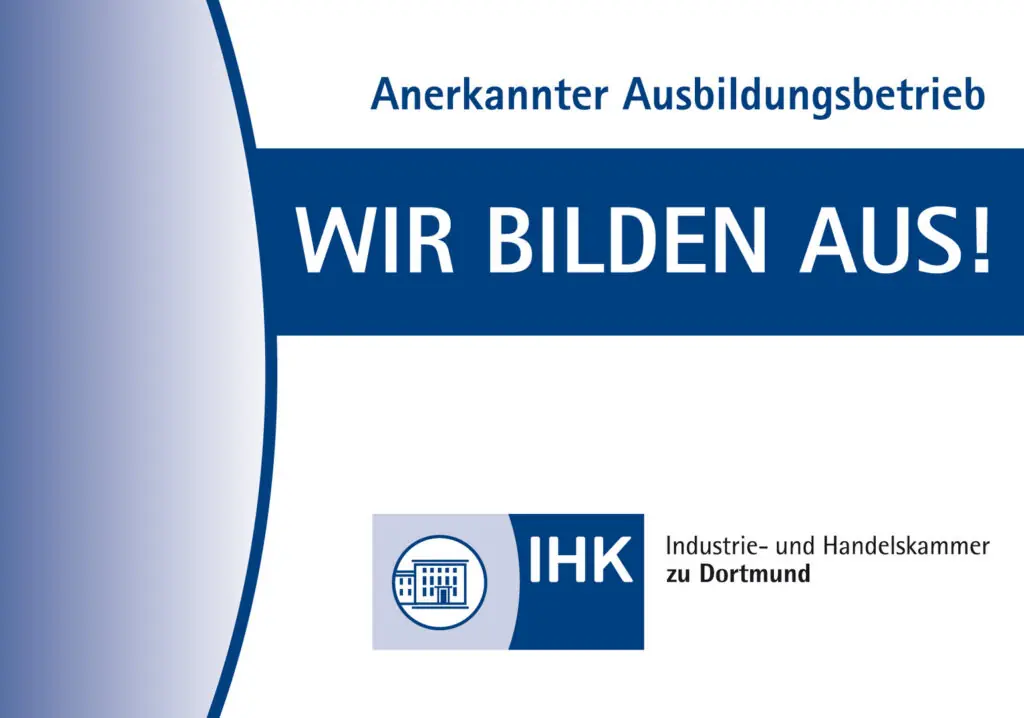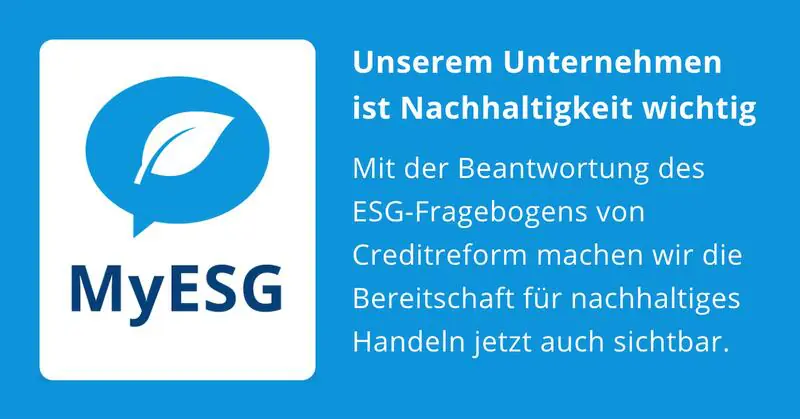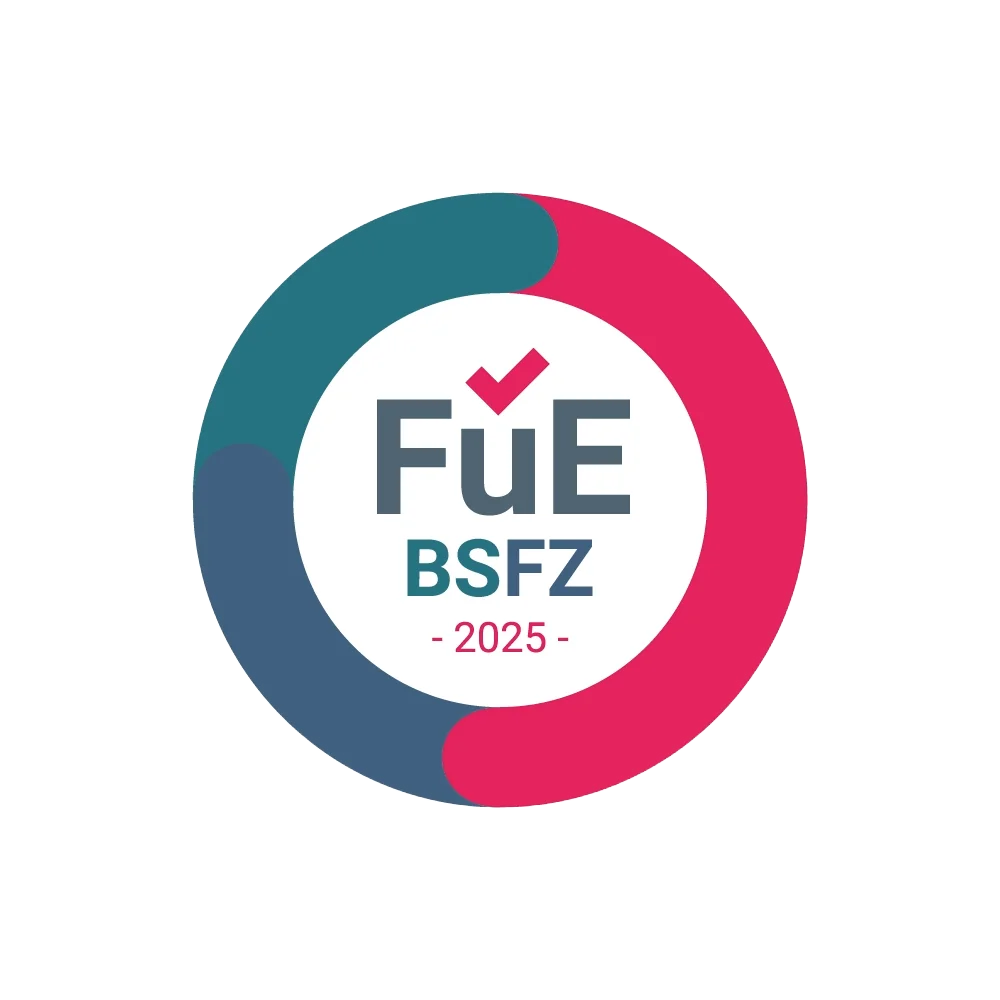ISO 13485 Quality Management System Compliance
Quality Management System QMS Compliance
What is the purpose of a Quality Management System for Medical Device Manufacturers?
Companies that market Medical Devices as manufacturers must set up a Quality Management System. In the field of Medical Technology, this system meets the requirements of EN ISO 13485. This standard places certain demands on the company. For example, employees should be trained, incoming goods should be inspected, complaints should be processed in a certain way, corrective and/or preventive measures should be taken, suppliers should be evaluated, and much more. When introducing such a system, a distinction is made between initial certification and maintaining certification through surveillance audits.
EN ISO 13485 provides a well-established framework for building a reliable and efficient Quality Management System. However, it does not automatically cover all legal requirements of the MDR (Medical Device Regulation) and IVDR (In Vitro Diagnostic Regulation). These regulations contain additional obligations, such as as a concept of compliance with the regulatory requirements, Unique Device Identification (UDI), Technical Documentation, Post-Market Surveillance and Clinical Evaluation.

For all Medical Devices, except those with the lowest risk potential (Class I), the manufacturer is generally required to undergo conformity assessment under the MDR/IVDR, which includes a review of the Quality Management System by a Notified Body prior to placing the Device on the market.
EN ISO 13485 Certification is not legally required, but it is widely accepted and often used as supporting evidence in the conformity assessment process.
The structure of EN ISO 13485 is similar to that of ISO 9001. In addition, EN ISO 13485 takes into account specific requirements for Medical Devices, such as the safe use of the product and special requirements for sterile or implantable products. EN ISO 13485 requires the manufacturer, among other things, to create a QM manual and to describe quality objectives and a quality policy. In addition, the documentation for the QM System must include documented procedures (procedural and work instructions) and records (forms and checklists) that are required by EN ISO 13485 and that describe the company’s own procedures.
The effectiveness of the QM system is verified in regular external Audits (Notified Body) and internal Audits (Internal Auditors).
We have been supporting manufacturers, distributors and importers for 30 years in the introduction and maintenance of these Quality Management Systems. Contact us to get a free and non-binding consultation on your topic.
Frequently Asked Questions
ISO 13485 provides a structured framework for implementing a Quality Management System (QMS) specific to medical devices, ensuring consistent product quality, safety and regulatory compliance throughout the product lifecycle.
No, ISO 13485 certification is not legally required for CE Marking under the MDR. However, it is strongly recommended and widely used by Notified Bodies as supporting evidence in the conformity assessment process.
Key components include documented procedures, quality objectives, a quality manual, personnel training, supplier evaluation, complaint handling, risk management, traceability and internal audits.
WQS offers end-to-end support including gap assessments, QMS design and documentation, internal audits, training, and coordination with Notified Bodies. We tailor our services to your size, structure and product risk class.
Need more information?
WQS provides you with detailed information on your subject.
You can also explore our FAQ page and other resources for further insight
– or simply contact us for direct support.



